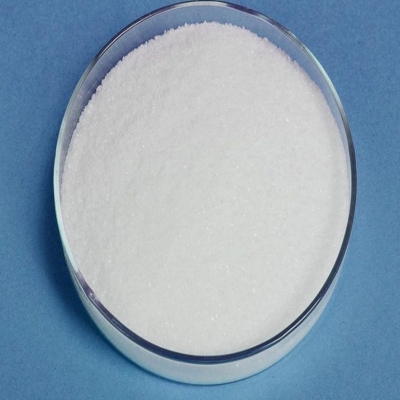-
Categories
-
Pharmaceutical Intermediates
-
Active Pharmaceutical Ingredients
-
Food Additives
- Industrial Coatings
- Agrochemicals
- Dyes and Pigments
- Surfactant
- Flavors and Fragrances
- Chemical Reagents
- Catalyst and Auxiliary
- Natural Products
- Inorganic Chemistry
-
Organic Chemistry
-
Biochemical Engineering
- Analytical Chemistry
- Cosmetic Ingredient
-
Pharmaceutical Intermediates
Promotion
ECHEMI Mall
Wholesale
Weekly Price
Exhibition
News
-
Trade Service
in a new study, researchers at St. Jude Children's Research Hospital in the United States visualized the structure of previously unknown ABL kinases, providing new insights into the design of targeted therapies for adult and child cancer patients. The study will advance understanding of drug resistance from cancer-targeted drugs. The findings were published online October 1, 2020 in the journal Science under the title "Conformational States Dynamic populated by a kinase base its function."At the heart of this achievement is the nation's most powerful magnetic resonance (NMR) spectrometer, which will be installed at St. Jude Children's Research Hospital in 2019. Just as microscopes allow scientists to peer inside cells, NMR spectrometers allow people to visually observe previously invisible or erratic molecular structures that cannot be observed by other techniques."This is the first time that protein kinases have been captured in such a short-lived form, and given that there are more than 500 kinases in humans, this really shows that there are still many uncharted areas to explore," said co-author Dr. Chaalampos Babis Kalodimos, co-author of the paper and head of the Department of Structural Biology at St. Jude Children's Research Hospital. People have been studying ABL kinases and their drug resistance mechanisms for 20 years, but with this technology, we are now at a new starting point for improving targeted therapy. TheABL kinase BCR and ABL genes promote cell growth in several cancer types, most notably chronic myeloid leukemia (CML). The first widely used targeted drug blocks the activity of BCR-ABL gene fusion by interfering with ABL kinases. The drug imatinib has been a significant success in adult CML and is sometimes used to treat acute lymphoblastic leukemia (ALL) in children. However, leukemia cells tend to be resistant to drugs targeted at BCR-ABL and have poor therapeutic effects. Drug resistance is also a common phenomenon in other targeted drugs.Dr. Charles W.M. Roberts, director of the General Cancer Center at St. Jude Children's Research Hospital, said, "Targeted drugs show significant responses in adults and children with cancer, which is driven by specific genetic events such as BCR-ABL gene fusion. However, we know that these drugs usually only work for a period of time before resistance is developed. This finding helps us understand how this resistance occurs and provides information that can be used to design better drugs. Inthe researchers used NMR spectrometers to study the structure of ABL kinases and learn more about how drug resistance occurs. They visualized the previously unknown shape of ABL kinase and how the protein changed from an active state to an inactive state. Their study showed that ABL kinases appear only briefly for 5 percent of the time.These images play an important role in how ABL kinases are activated and can be hijacked by mutations that convert the genes that encode the kinase into cancer-causing genes. By studying the transient structure of ABL kinases in combination with the targeted inhibitor imatinib, the researchers learned more about how resistance to the drug occurs. These findings provide new insights into how different states of this kinase, including inactive states, can be used to design more selective and potentially more effective inhibitors.Co-author Dr Tao Xie, Department of Structural Biology, St. Jude Children's Research Hospital, said, "By clarifying the underlying mechanisms for developing resistance to ABL kinase-targeted drugs, we have demonstrated the potential of NMR spectrometers to better understand the dynamics of other kinases and proteins, where biologically important images appear only in a short period of time." (BioGun Bioon.com):1.Tao Xie et al. Conformational states dynamically populated by a kinase determine its function.
Science, 2020, doi:10.1126/science.abc2754.2.
Nuclear magnetic resonance insights set stage for next-gen targeted cancer therapies for adults and children







